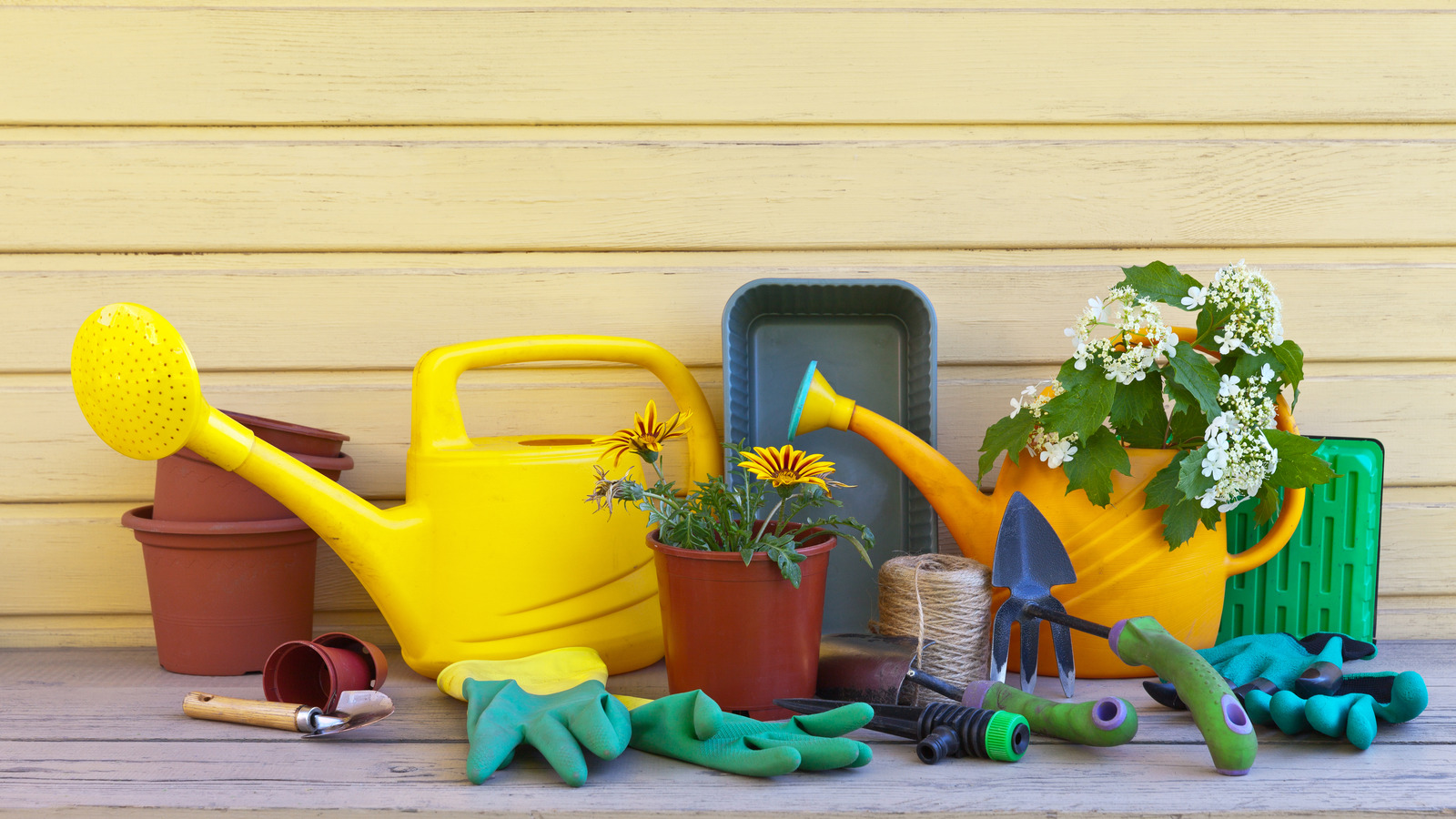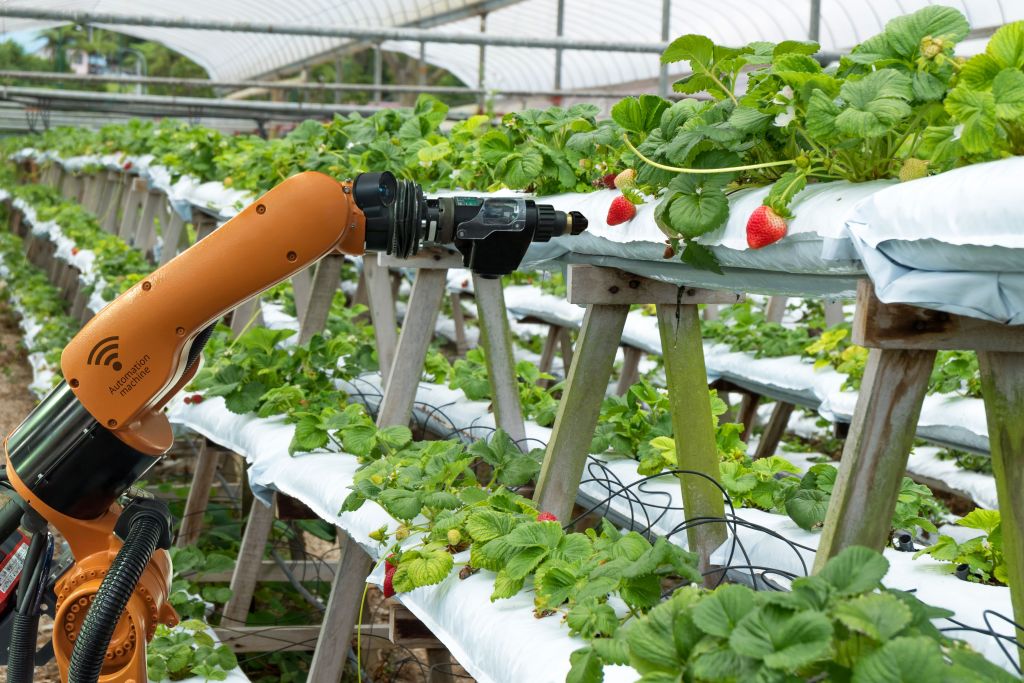blog
How to Choose the Best Tools for Vegetable Gardening
Vegetable gardening is a fulfilling and rewarding hobby, providing fresh produce right from your backyard. However, to achieve a thriving vegetable garden, it’s crucial to have the right tools. Selecting the best tools for vegetable gardening can make all the difference in the efficiency of your work and the health of your plants. In this comprehensive guide, we’ll explore how to choose the best tools for vegetable gardening, ensuring that you are well-equipped for every task from planting to harvesting.
1. Consider Your Gardening Needs
The first step in choosing the best tools for vegetable gardening is to consider the specific tasks you need to complete. Vegetable gardening involves a variety of activities such as soil preparation, planting, weeding, watering, pruning, and harvesting. Some tools are designed for one specific task, while others are versatile and can serve multiple functions.
For example, if you are planting in raised beds, you might need different tools than someone gardening in a traditional in-ground garden. Similarly, if you are growing root vegetables like carrots and potatoes, you will need tools that are specifically designed for digging and loosening compacted soil. By understanding your gardening needs, you can focus on tools that will make your gardening experience more efficient and enjoyable.
2. Invest in Quality Tools
When it comes to gardening, investing in high-quality tools is essential for long-term success. Cheap tools might seem like a good deal initially, but they often wear out quickly, leading to frequent replacements. High-quality tools, though they might come at a higher price, are built to last, often featuring durable materials such as stainless steel or high-grade wood. A well-made tool will not only perform better but will also save you time and effort in the garden.
Look for tools with ergonomic handles that are comfortable to grip, especially if you have large gardening tasks ahead. Well-designed handles reduce the risk of blisters and hand fatigue, allowing you to work longer without discomfort. For example, tools like hoes, spades, and rakes with adjustable handles can be used by gardeners of different heights, minimizing strain on the back and arms.
Investing in high-quality tools also ensures better precision and more efficient work, which ultimately leads to healthier plants and a more productive garden. Tools made from rust-resistant materials, such as stainless steel or aluminum, are especially important for vegetable gardening since you will likely be working with soil and water, both of which can cause wear and corrosion over time.

3. Essential Tools for Soil Preparation
Soil preparation is the foundation of a successful vegetable garden. The right tools can help you turn over soil, mix compost, and create the ideal environment for your plants. Here are some essential tools for preparing your garden’s soil:
- Shovel: A shovel is one of the most basic and essential tools for soil preparation. It’s used for digging, moving soil, and creating holes for planting. Look for a sturdy shovel with a comfortable handle and a durable, rust-resistant blade. The right size and shape of the shovel depend on your soil type and garden layout. A spade is ideal for cutting into compacted soil, while a broader shovel works better for general digging.
- Garden Fork: A garden fork is an invaluable tool for breaking up heavy, compacted soil. It’s also used for aerating the soil, loosening roots, and turning compost. The fork’s long, pointed tines make it easier to penetrate soil and incorporate organic material.
- Hoe: A hoe is perfect for breaking up the soil surface, eliminating weeds, and preparing planting rows. There are various types of hoes available, including push hoes and draw hoes. A push hoe is ideal for gardeners looking to quickly cultivate and weed the soil without bending over too much. A draw hoe, on the other hand, is great for making furrows and digging out deeper weeds.
- Rake: A rake is used for leveling soil and spreading compost or mulch over your garden beds. It’s also useful for gathering leaves and other debris. Choose a rake with adjustable tines to accommodate various tasks in your vegetable garden.
Having these soil preparation tools on hand ensures that you can create the ideal growing environment for your vegetable plants, whether you’re working with heavy clay soil or loose, sandy soil.
4. Tools for Planting Vegetables
Once your soil is prepared, the next step is planting your vegetables. The right tools make planting easier, ensuring that your seeds and seedlings are placed at the proper depth and spacing. Here are the most essential planting tools for your vegetable garden:
- Trowel: A trowel is a small, handheld tool with a pointed, scoop-shaped blade that is perfect for digging small holes for transplanting seedlings or planting seeds. It’s one of the most versatile tools in any gardener’s kit. Trowels come in various sizes, with larger ones used for digging deeper holes and smaller ones used for delicate tasks like planting flowers or herbs.
- Planting Dibber: A planting dibber is a simple tool used for making holes in the soil, perfect for planting seeds or seedlings. It’s particularly useful for planting root vegetables like carrots, beets, and radishes. The dibber allows you to make uniform holes at the right depth, which is crucial for successful germination and plant growth.
- Seed Sower: If you’re planting small seeds, a seed sower or seeder can help you distribute them evenly across your garden beds. This tool ensures that your seeds are planted at the correct spacing, preventing overcrowding and improving air circulation between plants. A seeder can be especially useful for row planting or in larger vegetable gardens.
- Garden Gloves: While not technically a tool, a good pair of garden gloves is essential for protecting your hands while planting. Look for gloves that are comfortable and durable, offering protection from sharp soil and thorny plants. Gloves also provide a better grip when handling tools, making tasks like planting and weeding easier.
5. Weeding Tools
Weeds can quickly take over your vegetable garden if left unchecked, so having the right tools to tackle them is essential. Weeding tools help remove unwanted plants without disturbing your vegetables, keeping your garden neat and healthy.
- Hand Weeder: A hand weeder is a small, simple tool designed for removing weeds by their roots. The tool typically features a pointed, curved blade or fork that allows you to dig down deep into the soil and extract the entire weed. A hand weeder is especially useful for weeding around delicate vegetables like tomatoes or peppers.
- Weeding Hoe: A weeding hoe is a specialized hoe designed specifically for weeding tasks. It features a thin, sharp blade that slides just beneath the soil surface, severing weed roots while leaving your vegetables intact. The weeding hoe is particularly useful for large vegetable gardens and works well for controlling surface-level weeds without having to bend over.
- Weeding Knife: Similar to a garden knife, a weeding knife is designed with a curved blade to cut through weeds at the root. It’s ideal for removing deep-rooted weeds in hard-to-reach areas. Weeding knives are especially helpful for working in between rows of vegetables, where other tools might be too large.
- Mulching Tools: After you’ve removed weeds, adding a layer of mulch can help suppress future weed growth while retaining moisture in the soil. Tools like mulch forks or spreaders are designed to evenly distribute mulch over your garden beds. Mulching helps keep weeds from sprouting while providing nutrients to your plants as the mulch breaks down.
Weeding can be one of the most time-consuming tasks in the garden, but with the right tools, it becomes much easier and less frustrating. By keeping your vegetable garden free of weeds, your plants will have a better chance of thriving.
6. Watering Tools
Proper watering is essential for the health of your vegetable plants. Having the right watering tools ensures that your plants receive the right amount of water, promoting healthy growth without overwatering. Here are some tools to consider for watering your vegetable garden:
- Watering Can: A watering can is a classic gardening tool used for watering plants by hand. It’s ideal for small gardens or container plants. Look for a watering can with a long spout, which allows for precise watering, especially in areas where you don’t want to disturb the soil too much. The spout’s length helps you reach plants in raised beds or hanging containers.
- Garden Hose: A garden hose is a must-have for larger gardens. Choose a hose that is long enough to reach all areas of your garden and is made from durable, kink-resistant material. For a more efficient watering experience, consider getting a hose with an adjustable nozzle, allowing you to switch between a fine mist for delicate plants and a strong stream for heavy-duty watering.
- Soaker Hose: A soaker hose is a great tool for watering vegetables directly at the roots. It’s laid out on the soil surface or buried under mulch, slowly releasing water along its length. Soaker hoses help conserve water and ensure that your plants receive consistent moisture, making them a great option for vegetable gardens during hot, dry weather.
- Sprinkler: If you have a large vegetable garden or a lawn area to water, a sprinkler can save time and effort. Sprinklers are ideal for covering a large area and can be adjusted for different watering needs. Some models are designed to be connected to a timer, ensuring your garden gets the right amount of water at regular intervals.

Conclusion
Choosing the best tools for vegetable gardening is essential for maximizing efficiency and achieving a bountiful harvest. By understanding the tasks involved in vegetable gardening and selecting tools that match your specific needs, you can improve the quality of your garden and enjoy a more productive gardening experience. Investing in high-quality tools ensures durability and ease of use, making gardening tasks less time-consuming and more enjoyable.
From soil preparation to planting, weeding, and watering, each task in your vegetable garden requires specialized tools. By having the right tools at your disposal, you’ll be able to manage your garden with precision and care. With these essential tools, your vegetable gardening experience will be more enjoyable, and you’ll be able to grow healthy, abundant crops year after year.


